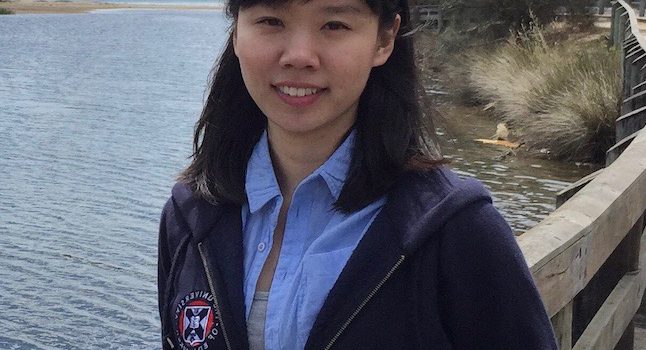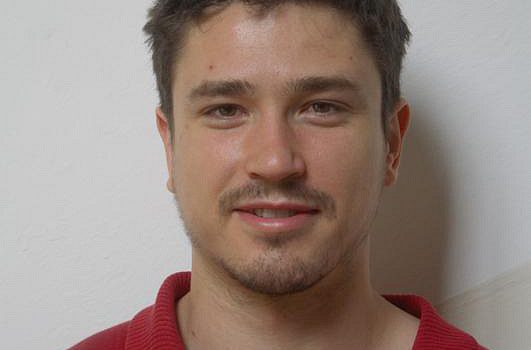Topic
Mobile Crowd Sensed Data Analysis: Application to Participatory Environmental Crowd Sensing in Smart Cities
Thesis Description
The growing emergence of low-cost environmental monitoring systems combined with the recent advances in the design of Internet-of-Things architectures and protocols has given a new impetus to smart cities applications which is expected to significantly enhance the fine-grained characterization of different physical quantities in our cities (air quality, temperature, noise, etc.).
In this perspective, a promising approach is to involve citizens in the monitoring process using low-cost platforms and built-in sensors in order to collectively monitor different physical quantities. While relying on very high number of people to gather data is promising in accumulating large volumes of data, issues such as dealing with the variation in data accuracy due to the heterogeneity of sensing hardware and conditions, space-time continuity of measures, phenomena dynamics, impact of mobility on sensor quality, etc. arise and make it challenging to efficiently analyse the mobile crowd sensed data [1].
The aim of this thesis is to propose and evaluate novel solutions for efficient fine-grained mapping of physical phenomena based on mobile crowd sensed data with a focus on air quality and temperature. Two directions will be explored. The first direction is based on data interpolation using techniques such as log-normal regression [2], deep learning [2,3], generalized additive modelling [4,5], Kriging-based modelling [6], etc. The second direction concerns data assimilation where the measures are incorporated into numerical models of the studied phenomena [7,8].
The Ph.D. student is expected to design novel solutions and conduct mathematical analysis on them. The validation and evaluation of the proposed solutions should include comparisons with state-of-the-art proposals. Data used in these evaluations is expected to come from the results of several participatory planned measurement campaigns.
Thesis context
This thesis is part of the 3M’Air multidisciplinary project, funded by the cluster of excellence IMU (LabEx Intelligence of Urban Worlds). The 3M’Air project aims to study the potential of participatory crowd sensing to improve fine-grained knowledge of air quality and temperature while dealing with main scientific, technological, geographical and sociological issues. For that purpose, 3M’Air brings together the scientific and technical skills of three research laboratories: CITI (on wireless communications and data analysis), LMFA (on fluid mechanics and urban atmospheric dispersion models) EVS (on geographical and sociological issues) as well as five other operational partners: ATMO-Aura (the regional air quality observatory), Meteo France (The French national meteorological service), le Grand Lyon (Greater Lyon urban community), Ville de Lyon (City of Lyon) and Lyon Meteo (a local company working on meteorological services).
The successful candidate will join the INRIA research group Agora located in Lyon, which is part of the CITI laboratory. The thesis will be mainly co-supervised by Dr. Walid Bechkit and Prof. Hervé Rivano of the CITI lab with a strong collaboration with the LMFA and the EVS laboratories.
Applications
Interested candidates should send a detailed CV with information on education, obtained degrees and qualification, as well as a cover letter detailing the motivation and scientific background of the candidate. Applications should also include the names and contact details of two referees.
Applications should be submitted by email to: walid.bechkit@inria.fr cc hervé.rivano@inria.fr, a rolling deadline applies.
Some references
[1] M. Fiore, A. Nordio and C-F. Chiasserini, “Driving Factors Toward Accurate Mobile Opportunistic Sensing in Urban Environments”, IEEE Transactions on Mobile Computing, Vol. 15, pp. 2480–2493, 2016
[2] A. Marjovi, A. Arfire, and A. Martinoli, “Extending Urban Air Quality Maps Beyond the Coverage of a Mobile Sensor Network: Data Sources, Methods, and Performance Evaluation”, in proc. of EWSN, pp. 12-23, 2017.
[3] M. D. Adams and P. S. Kanaroglou “Mapping real-time air pollution health risk for environmental management: Combining mobile and stationary air pollution monitoring with neural network models”, Journal of environmental management, vol. 168, pp. 133-141, 2016.
[4] D. Hasenfratz, O. Saukh, C. Walser, C. Hueglin, M. Fierz, T. Arn, J. Beutela and L. Thielea, “Deriving high-resolution urban air pollution maps using mobile sensor nodes”, Pervasive and Mobile Computing, vol. 16, pp. 268-285, 2015.
[5] M. Mueller, D. Hasenfratz, O. Saukh, M. Fierz, and C. Hueglin, “Statistical modelling of particle number concentration in Zurich at high spatio-temporal resolution utilizing data from a mobile sensor network”, Atmospheric Environment, vol. 126, pp. 171-181, 2016.
[6] V. Singh, C. Carnevale, G. Finzi, E. Pisoni, and M. Volta, “A cokriging based approach to reconstruct air pollution maps, processing measurement station concentrations and deterministic model simulations”, Environmental Modelling & Software, vol. 26, pp. 778-786, 2011.
[7] A. Tilloy, V. Mallet, D. Poulet, C. Pesin, and F. Brocheton, “BLUE-based NO2 data assimilation at urban scale”, Journal of Geophysical Research: Atmospheres, vol. 118, pp 2031-2040, 2013.
[8] A. Boubrima, W. Bechkit, H. Rivano and L. Soulhac. “Leveraging the Potential of WSN for an Efficient Correction of Air Pollution Fine-Grained Simulations”, to appear in proc. of IEEE ICCCN 2018.



